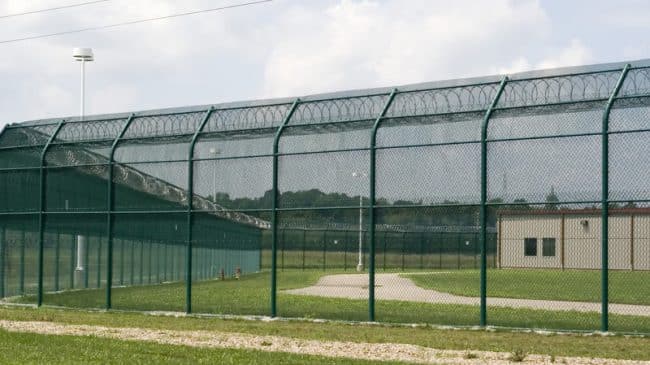This section of Reason Foundation’s Annual Privatization Report 2011 provides an overview of the latest news and trends in public-private partnerships in corrections and public safety. Highlights include:
- According to the most recent data compiled by the Bureau of Justice Statistics, the total U.S. prison population declined for the first time in nearly four decades. The decrease is attributed largely to a decline in new prison admissions relative to prison releases in state prisons.
- Approximately 8 percent of the total prison population is currently housed in privately owned and/or operated facilities, while the remaining 92 percent continue to be housed in government-run facilities.
- In the 2011 case Brown v. Plata, the U.S. Supreme Court ruled California’s correctional system is providing unconstitutional mental and medical care to inmates. At the time, California held about 156,000 inmates in a system designed for less than 80,000 inmates – nearly twice the design capacity. In response, the court ordered the state reduce its system-wide prison population at or below an average of 137.5 percent of prison design capacity.
- A new form of public-private partnership is emerging in the United Kingdom and Florida that could dramatically reduce recidivism and transform corrections, whereby contractors would be compensated for achieving specific performance goals in reducing recidivism and improving rehabilitation. Florida is exploring this model for an 18-county region and would apply dozens of performance measures to quantify outcomes.
- In September 2011, the Ohio Department of Rehabilitation and Correction, under the guidance of Gov. John Kasich, announced the results of a large-scale procurement that will see the state raise $72 million from the sale of one state prison to a private operator-the first sale of its kind in the nation-and two others turned over to private management, for an estimated $13 million in annualized cost savings.
- Lawmakers in Texas, Florida, Arizona, North Carolina, Pennsylvania and elsewhere are pursuing meaningfully expanding the role the private sector plays in inmate healthcare delivery.
» Annual Privatization Report 2011: Corrections and Public Safety [pdf, 1.4 MB]
» Complete Annual Privatization Report 2011

